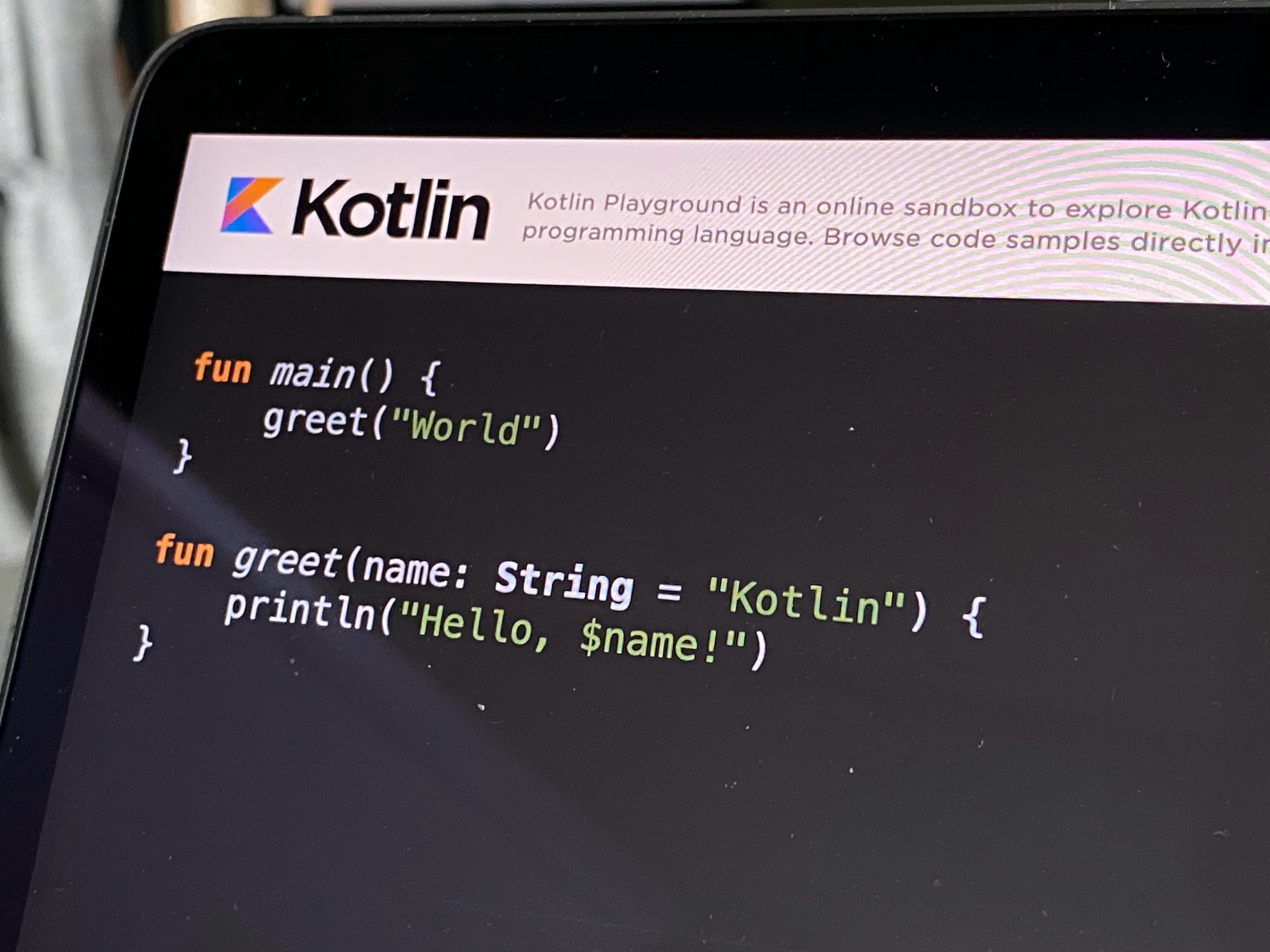If you have decided to use Joomla for your website, you will need to hire a Joomla developer. Depending on the requirements of your project, you might need different things. So it is important to have a clear understanding of your website’s functionality requirements and what exactly you want.
Having your website functionalities sorted before you start hiring will ensure that you do not waste time and money in the process later. Think about what you want included – whether you will have a blog component, photo gallery, online store, contact forms, social media integration, etc. The more you figure out upfront, the easier it will be for your Joomla developer to do the work better and faster.
After you have done that, here are 10 questions to ask a Joomla developer before hiring them for your project.
What do I own after the website is built?
You need to know what you will own after the website is built. Some developers and agencies set up hosting, domain names, email, and other elements on their accounts. You should avoid this – the best case is that you own all the online accounts, including domains, hosting, analytics, and so on.
How long will it take to build the Joomla website?
Of course, the duration might be different depending on the complexity of the project. But you need to know how long approximately the project will take – 3 to 6 weeks is pretty common for a standard Joomla website.
Is there going to be a mobile version?
You have to make sure that your Joomla website is mobile friendly as mobile is getting bigger and bigger each day. Your Joomla developer should either create a separate mobile template or build the website using responsive design to ensure that it is mobile friendly.
What’s your billing process?
Some developers will take the whole payment upfront, while others offer part payments. Discuss the billing process upfront to ensure that you are fully aware of the final bill you will receive.
What will be included in the Joomla website?
As already mentioned, you should discuss upfront all the functionalities that will be included in your Joomla website. This way, you will avoid time delays and additional costs in the development process.
Will my Joomla site be SEO friendly and optimized?
It is important to know the difference between SEO friendly and SEO optimized websites. The first one means that search engines will be able to crawl the website and take copies of the pages to put in their index. The second means that the content and keywords will be optimized to rank in search engines.
Is the Joomla website going to be secure?
You want to avoid hacker attacks as much as possible. Ensure that the Joomla developer you will hire will take care of your website’s security, especially when using third-party components.
What are the ongoing costs for my Joomla website?
Joomla is a free download, so other than domain name and hosting, there should not be any additional ongoing costs. But, developers might use additional services, so ask about any fees or retainers you should be aware of.
Who is responsible for the content?
Most business owners prefer to add content and update the website by themselves – after all, this is the whole point of having a website built in a content management system.
Do you offer support after you build the site?
Some developers provide the option for support after the website is built. Ask whether there is any support available in case you need it.










